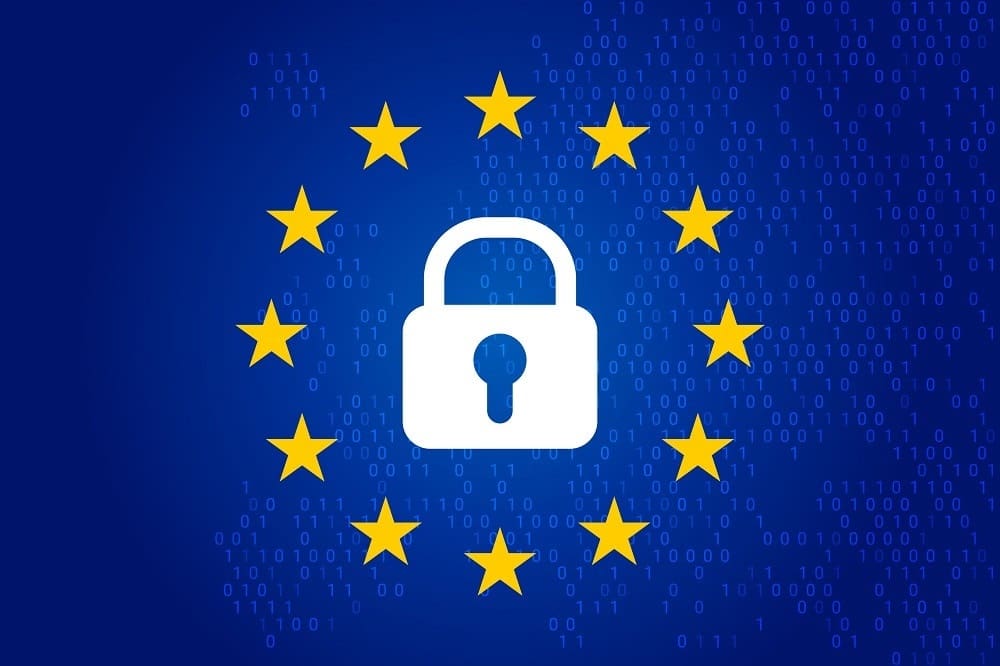Data analysis techniques and tips for detecting and preventing fraud
Updated: 2018
Fraud, whether it occurs in the form of carefully crafted ponzi scams, fudging financial reports or theft from one’s own employer, is reaching alarming proportions and is not without its costs. Businesses and government agencies worldwide suffer hundreds of billions in lost or misused funds, diminished value, and irreversible damage to company reputation and customer trust.
Consider the alarming stats from the 2010 Report to the Nations on Occupational Fraud and Abuse from the Association of Certified Fraud Examiners (ACFE). According to the study, organizations worldwide lose an average of five percent of revenues to fraud each year for an average of $160,000. Applied to the estimated 2009 Gross World Product, this figure translates to a potential total fraud loss of more than $2.9 trillion.
Making matters worse (and no thanks to the economic downturn), many organizations have been forced to cut staff, freeze spending and skimp internal control and process assurance, which has left organizations more vulnerable to risk and fraud.
The focus on fraud detection and prevention is shifting increasingly to internal audit departments. PricewaterhouseCoopers’s Internal Audit 2012 survey reports that “Although antifraud roles vary in business today, top management generally owns the antifraud responsibility, the audit committee oversees antifraud efforts, and internal audit provides a critical line of defense against the threat of fraud by focusing on risk monitoring in addition to fraud prevention and detection.”
Now is the time for Internal Audit teams to step up fraud prevention and detection measures. However, knowing where to start can be overwhelming.
Here is a quick list of priorities to kick start your program.
1. Build a profile of potential frauds.
Take a top-down approach to your risk assessment, listing the areas in which fraud is likely to occur in your business and the types of fraud that are possible in those areas. Then qualify the risk based on the overall exposure to the organization. Focus on risks that have the greatest chance of reducing shareholder value — for example, processes that affect the extended supply chain such as safety, quality, reliability of suppliers and processes.
Develop fraud risk profiles as part of an overall risk assessment and include necessary stakeholders and decision makers. You’re not likely to make friends throughout the organization by conducting this on your own. For example, if you think fraud is happening with purchasing cards, include the p-card manager in the discussions. That way it’s a joint effort that will benefit both parties and hopefully result in a more comprehensive approach to fraud risks in that area.
2. Test transactional data for possible indicators of fraud.
You must test 100 percent of the data, not just random samples. While sampling may be effective for detecting problems that are relatively consistent throughout data populations, that isn’t always the case for fraud. Fraudulent transactions, by nature, do not occur randomly. Transactions may fall within boundaries of certain standard testing and not be flagged. Further, using the sampling approach, you may not be able to fully quantify the impact of control failures and you may not be able to estimate within certain populations. You could miss many smaller anomalies and sometimes it’s the small anomalies that add up over time to result in very large instances of fraud.
In order to effectively test and monitor internal controls, organizations need to analyze all relevant transactions.
Read: Top Tips for Deterring Fraud: A Guide for Audit Committees
3. Improve controls by implementing continuous auditing and monitoring.
Strengthen controls over transaction authorizations and use continuous auditing and monitoring to test and validate the effectiveness of your controls. Repetitive or continuous analysis for fraud detection means setting up scripts to run against large volumes of data to identify those anomalies as they occur over a period of time. This method can drastically improve the overall efficiency, consistency and quality of your fraud detection processes. Create scripts, test the scripts and run them against data so you get periodic notification when an anomaly occurs in the data.
You can run the script every night to go through all those transactions for timely notification of trends and patterns and exceptions reporting that can be provided to management. For example, this script could run specific tests against all purchasing card transactions as they occur to ensure they are in accordance with controls.
4. Communicate the monitoring activity throughout the organization.
A big part of fraud prevention is communicating the program across the organization. The old adage, “an ounce of prevention equals a pound of cure” rings true for fraud detection. If everyone knows there are systems in place that alert to potential fraud or breach of controls, and that every single transaction running through your systems is monitored, you’ve got a great preventative measure. It lets people know that they shouldn’t bother, because they will get caught.
5. Provide management with immediate notification when things are going wrong.
It is better to raise any issues right away than explain why they occurred later. Create audit reports with recommendations on how to tighten controls or change processes to reduce the likelihood of recurrence. And, don’t forget to quantify the impact to the business. Data analysis technology can quantify the impact of fraud so you can actually see how much it’s costing the organization and provide a cost-effective program with immediate returns.
6. Fix any broken controls immediately.
Segregation of duties is important. If you can initiate a transaction, approve the transaction, and also be the receiver of the goods from the transaction, there is a problem.
7. Expand the scope and repeat.
Re-evaluate your fraud profile, taking into account both the most common fraud schemes and those that relate specifically to the risks that are unique to your organization, and move your investigative lens. Use analytics to find out where controls are not working or are ineffective and don’t forget to look for controls that cannot be governed by application control settings. Investigate patterns and fraud indicators that emerge from the fraud detection tests and continuous auditing and monitoring.
Summary
Fraud is a significant business risk that must be mitigated. A well-designed and implemented fraud detection system, based on the transactional data analysis of operational systems, can significantly reduce the chance of fraud occurring within an organization. The sooner that indicators of fraud are available, the greater the chance that losses can be recovered and control weaknesses can be addressed. The timely detection of fraud directly impacts the bottom line, reducing losses for an organization. And effective detection techniques serve as a deterrent to potential fraudsters – employees who know that experts are present and looking for fraud or that continuous monitoring is occurring are less likely to commit fraud because of a greater perceived likelihood that they will be caught.
Given increased regulatory requirements and compliance demands, the decision is no longer if an organization should implement a complete fraud detection and prevention program, but rather how quickly that program can be put into place. The use of technology is essential for maximizing the efficiency and effectiveness of a fraud detection and prevention program.
Typical Types of Fraud and Fraud Tests
Knowing what to look for is critical in building a fraud detection program. The following examples are based on descriptions of various types of fraud and the tests used to discover the fraud as found in Fraud Detection: Using Data Analysis Techniques to Detect Fraud.1
Type of fraud: Fictitious vendors
Tests used to discover this fraud:
- Run checks to uncover post office boxes used as addresses and to find any matches between vendor and employee addresses and/or phone numbers
- Be alert for vendors with similar sounding names or more than one vendor with the same address and phone number
Type of fraud: Altered invoices
Tests used to discover this fraud:
- Search for duplicates
- Check for invoice amounts not matching contracts or purchase order amounts
Type of fraud: Fixed bidding
Tests used to discover this fraud:
- Summarize contract amount by vendor and compare vendor summaries for several years to determine if a single vendor is winning most bids
- Calculate days between close for bids and contract submission date by vendor to see if the last bidder consistently wins the contract
Type of fraud: Goods not received
Tests used to discover this fraud:
- Search for purchase quantities that do not agree with contract quantities
- Check if inventory levels are changing appropriate to supposed delivery of goods
Type of fraud: Duplicate invoices
Tests used to discover this fraud:
- Review for duplicate invoice numbers, duplicate date, and invoice amounts
Type of fraud: Inflated prices
Tests used to discover this fraud:
- Compare prices across vendors to see if prices from a particular vendor are unreasonably high
Type of fraud: Excess quantities purchased
Tests used to discover this fraud:
- Review for unexplained increases in inventory
- Determine if purchase quantities of raw materials are appropriate for production level
- Check to see if increases in quantities ordered compare similarly to previous contracts or years or when compared to other plants
Type of fraud: Duplicate payments
Tests used to discover this fraud:
- Search for identical invoice numbers and payments amounts
- Check for repeated requests for refunds for invoices paid twice
Type of fraud: Carbon copies
Tests used to discover this fraud:
- Search for duplicates within all company checks cashed; conduct a second search for gaps in check numbers
Type of fraud: Duplicate serial numbers
Tests used to discover this fraud:
- Determine if high value equipment a company already owns is being repurchased by checking serial numbers for duplicates and involvement of same personnel in purchasing and shipping processes
Type of fraud: Payroll fraud
Tests used to discover this fraud:
- Find out if a terminated employee is still on payroll by comparing the date of termination with the pay period covered by the paycheck and extract all pay transactions for departure date less than date of current pay period
Type of fraud: Accounts payable
Tests used to discover this fraud:
- Reveal transactions not matching contract amounts by linking Accounts Payable files to contract and inventory files and examining contract date, price, ordered quantity, inventory receipt quantity, invoice quantity, and payment amount by contract
1 Coderre, David G., Fraud Detection: Using Data Analysis to Detect Fraud, 2nd edition (Vancouver, BC: Ekaros, 2004)











